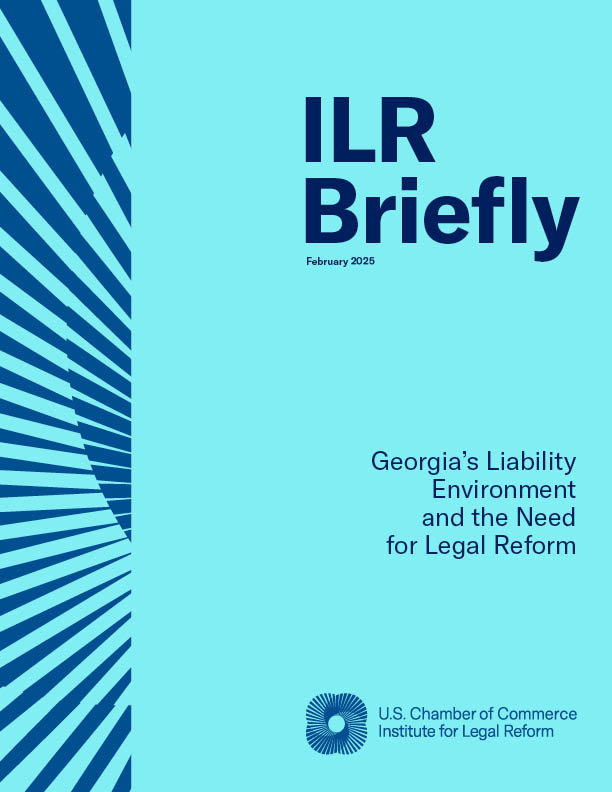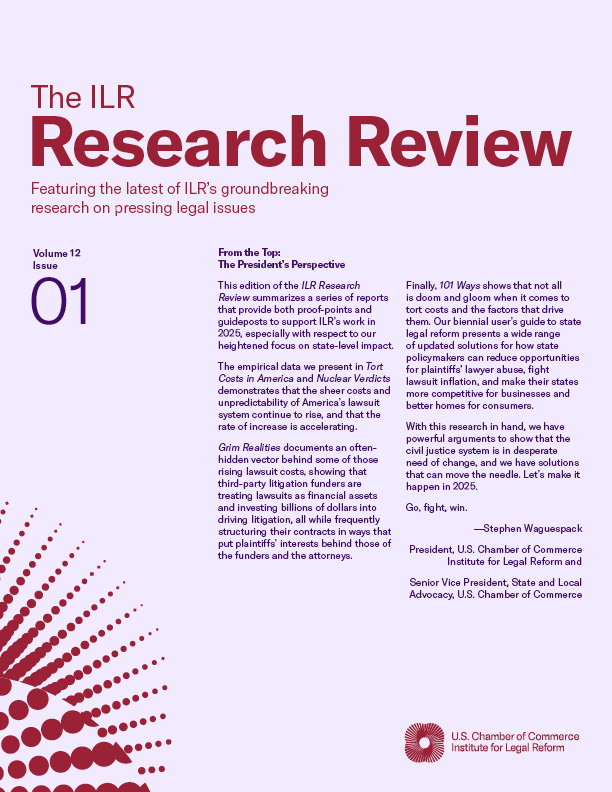Established in 1992, Australia’s federal class action regime was developed to promote the more efficient resolution of multiple claims sharing common issues, to increase access to justice for small claimants and to safeguard the interests of group members and respondents alike. Twenty years later, Australia is now one of the most developed class action jurisdictions in the world. However, a number of complications have emerged which were either not anticipated or not sufficiently appreciated at the time the class action procedure was designed.
With the Australian class action system maturing, it is now worth stepping back and considering whether improvements can be made to the system to ensure it meets its policy objectives.
Ripe for Reform: Improving the Australian Class Action Regime examines the Australian class action system and asks what changes could be made to expose unmeritorious claims and make class actions more efficient, less costly and quicker to resolve. Its purpose is to start a discussion to propose solutions for improving the litigation environment, beginning with the redesign of the Part IVA model.
The Part IVA model was designed to reflect a number of policy decisions; however gaps in the legislation have been exposed which require judges to develop ad hoc solutions from case to case. This patchwork process of procedural development has diminished the certainty and consistency that parties should rightly expect of a class action regime.
In addition, as the regime was designed at a time when third party litigation funding was prohibited, it is ill-adapted to deal with the conflicts of interest that funding may create between and among the funder, the funded parties, the unfunded class members and the lawyers for the class. Action in Australia on the oversight of third party litigation funding will have a global impact, especially in common law countries.
Part IVA has remained virtually unchanged since it was enacted, and the time is now due for review and reform of this model. As detailed in Ripe for Reform: Improving the Australian Class Action Regime, King & Wood Mallesons Partners Moira Saville and Peta Stevenson address a number of areas in which the class action system could be improved, including:
- Class certification: a procedure to reduce costs and the risks of inappropriate actions, thus safeguarding the interests of group members;
- Commonality: a certification standard for class actions to proceed only where common questions of law or fact predominate over questions affecting only individual members to improve efficiency of the process;
- Class closure: a mechanism that encourages class closure at the earliest possible opportunity to increase certainty and facilitate settlement;
- Competing actions: the consolidation of parallel and competing class actions at an early stage to align with the economic efficiency rationale for class actions;
- Scrutiny of settlements: greater clarity on the currently uncertain and largely discretionary approach to be adopted by courts in approving settlements and, in particular, their power to approve settlements;
- Discovery: delaying discovery in substantive issues until after the applicants have filed both a statement of claim and supporting evidence to minimize burden and cost; and
- Funding: regulation of third party litigation funding to address concerns relating to conflicts of interest and the circumvention of the current prohibition on contingency fees that arise from novel approaches to managing and funding class actions.
After two decades of procedural development, it is now apparent that reform of the Australian class action model is required to ensure that it continues to meet its goals. The types of claims brought, and the means by which they are run and funded, mean that the use of ad hoc approaches to practical issues in the management of class actions risks inconsistent results unless the regime is improved to meet these new challenges.
These reforms could be carried out either by targeted amendments or as part of a broader and more comprehensive review of class action procedure in Australia. In either case, they must guarantee that class action regimes live up to the original objectives of providing an efficient class action procedure, which increases claimants’ access to justice while protecting all parties from the dangers of inappropriate or abusive actions.
View PDF


